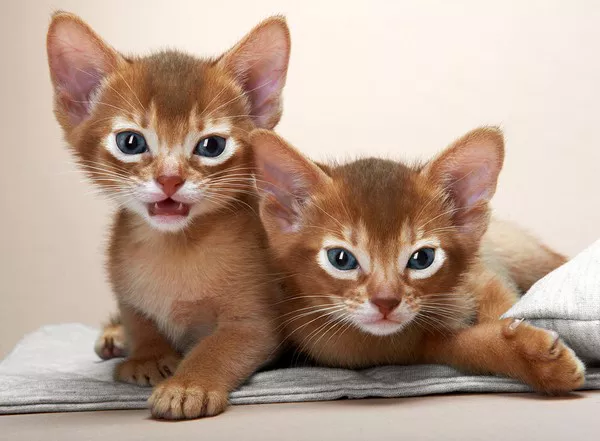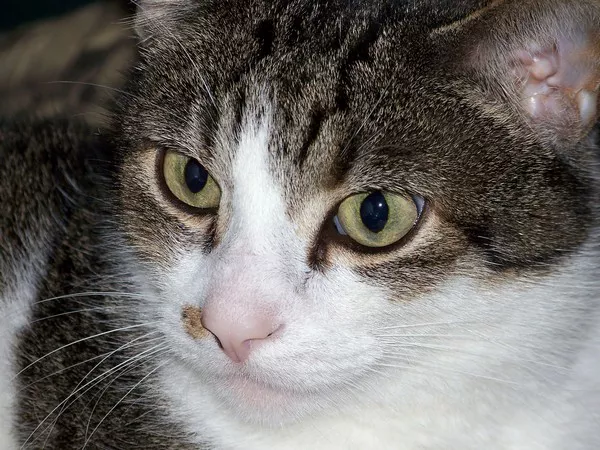Himalayan cats, with their striking appearance and serene demeanor, captivate cat enthusiasts worldwide. Beyond their luxurious coats and distinctive features, one aspect that intrigues many cat owners is the sleeping habits of these feline companions. How many hours a day do Himalayan cats sleep? Unraveling this mystery involves delving into the fascinating world of feline behavior, exploring the factors influencing their sleep patterns, and understanding the role sleep plays in their overall well-being.
The Enchanting World of Himalayan Cats:
Before diving into the intricacies of Himalayan cat sleep, it’s essential to appreciate the unique characteristics that define this breed. Himalayan cats, often referred to as “Himmies,” are a Persian cat variation known for their striking color points, luxurious long fur, and piercing blue eyes. Bred by crossing Persian and Siamese cats, Himalayans inherit the best traits of both breeds, resulting in a feline companion that exudes elegance and charm.
The Essence of Feline Sleep:
Cats, by nature, are crepuscular creatures, meaning they are most active during dawn and dusk. This behavior is deeply rooted in their ancestry as nocturnal hunters. Understanding the evolution of cats helps illuminate the importance of sleep in their daily lives.
On average, domestic cats, including Himalayans, dedicate a significant portion of their day to sleep. The amount of sleep varies based on factors such as age, health, and lifestyle. Adult cats, like Himalayans, typically engage in more extended periods of sleep compared to their younger counterparts. While kittens may sleep up to 20 hours a day, adult cats often enjoy around 12 to 16 hours of slumber.
The Himalayan Cat’s Sleep Schedule:
Himalayan cats, with their Persian lineage, share sleep patterns akin to other Persian cat breeds. These cats are renowned for their calm and laid-back demeanor, making them less active than some other breeds. The relaxed nature of Himalayans contributes to their tendency to indulge in extended periods of rest.
On average, a Himalayan cat may sleep anywhere from 12 to 16 hours a day. This duration aligns with the general sleep patterns of adult cats but may vary based on individual differences. Factors such as the cat’s age, health condition, and environmental stimuli can influence their sleep schedule.
Age Matters:
Just like humans, the age of a Himalayan cat plays a crucial role in determining their sleep requirements. Kittens, being in a phase of rapid growth and development, need more sleep than adult cats. It’s not uncommon for Himalayan kittens to sleep up to 20 hours a day, allowing their bodies and minds to recharge for the next burst of playful energy.
As Himalayan cats transition from kittenhood to adulthood, their sleep patterns undergo adjustments. Adult Himalayans generally settle into a routine of longer, more consolidated periods of sleep. This adaptation aligns with their more sedentary lifestyle and the natural evolution of their sleep needs.
Health and Well-being:
The health of a Himalayan cat significantly influences its sleep habits. Cats, known for their ability to conceal signs of illness, may increase their sleep duration when unwell. Conversely, a healthy Himalayan cat may exhibit a robust and regular sleep schedule.
It’s essential for cat owners to be attentive to any deviations in their Himalayan cat’s sleep patterns. Sudden changes, such as increased lethargy or excessive sleep, could be indicative of underlying health issues. Regular veterinary check-ups and a keen eye for behavioral changes contribute to proactive health management for Himalayan cats.
Lifestyle and Environmental Factors:
The environment in which a Himalayan cat resides can impact its sleep patterns. Factors such as ambient noise, lighting conditions, and the availability of comfortable resting spots influence a cat’s ability to achieve quality rest.
Himalayan cats, known for their sensitivity to their surroundings, may adjust their sleep routine based on environmental stimuli. A quiet and serene living space is conducive to promoting restful sleep for these feline companions. Providing cozy and secluded areas where a Himalayan cat can retreat for uninterrupted rest contributes to their overall well-being.
The Science of Feline Sleep:
Understanding the science behind feline sleep sheds light on why Himalayan cats, like their feline counterparts, spend a significant portion of their lives in slumber. Cats experience different sleep phases, including light sleep, deep sleep, and REM (Rapid Eye Movement) sleep.
The light sleep phase serves as a state of relaxation where cats can easily awaken. Deep sleep is characterized by more profound rest, promoting physical restoration. REM sleep, associated with dreaming, is a crucial phase for mental rejuvenation. The cyclical nature of these sleep phases ensures that cats, including Himalayans, attain the restorative benefits necessary for their overall health and vitality.
Creating an Ideal Sleep Environment for Himalayan Cats:
Cat owners play a pivotal role in shaping the sleep environment for their Himalayan companions. Considering the breed’s inclination toward tranquility, here are key considerations for creating an ideal sleep space:
Quiet Retreats: Providing quiet and secluded areas where a Himalayan cat can retreat ensures minimal disruptions during sleep.
Comfortable Bedding: Investing in comfortable and supportive bedding enhances the quality of a Himalayan cat’s sleep. Soft blankets or plush cat beds appeal to their luxurious nature.
Consistent Routine: Establishing a consistent daily routine, including feeding times and play sessions, helps regulate a Himalayan cat’s internal clock, promoting a more predictable sleep schedule.
Dim Lighting: Creating a dimly lit environment during the evening encourages a natural transition to sleep for Himalayan cats, aligning with their crepuscular nature.
Interactive Play: Engaging in interactive play sessions during the day stimulates mental and physical activity, contributing to a more restful sleep at night.
See Also: How Long Do Himalayan Cats Live: Things You Need to Know
Conclusion:
In unraveling the mysteries of how many hours a day Himalayan cats sleep, it becomes evident that their slumber patterns are intricately linked to their biology, age, health, and environment. The tranquil nature of Himalayan cats, coupled with their Persian lineage, positions them as feline companions that appreciate the art of relaxation.
As cat owners, understanding and respecting the sleep needs of Himalayan cats foster a harmonious relationship. By providing a conducive sleep environment and remaining attuned to their unique behaviors, cat enthusiasts can ensure that their Himalayan companions enjoy restful and rejuvenating sleep, contributing to a happy and healthy feline lifestyle.
























